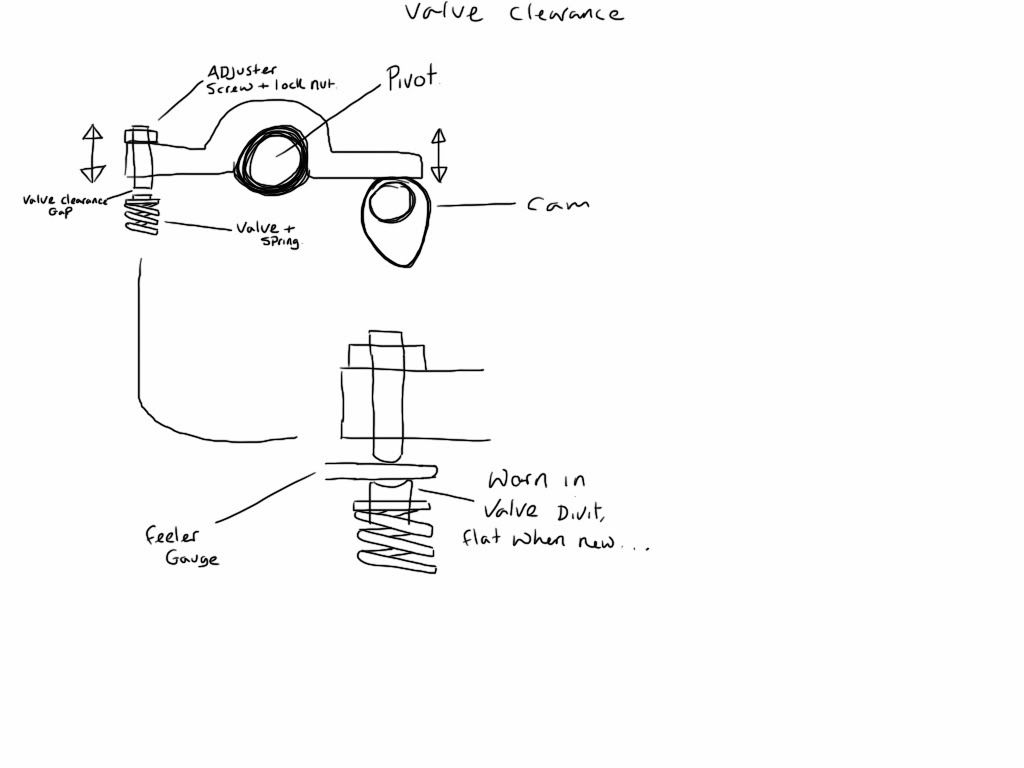- Messages
- 371
Got my valve clearances checked at a garage last week.. Not sure when they were last done if at all
I printed out the guide how to do it that is on here, and got the clearance settings from ITR-DC5 forum. I told him to set them to the lower end of the tolerance
He did them and told me they were actually tighter than they should be, he adjusted them to the lower end as i said (which was recommended by someone)
Anyway the car seems to drive fine but the tappets are actually noisier now than they were...can clearly hear them tapping when driving
I put the car up the night before so had all night to cool down, he said he would do it first thing in the morning so i've took his word for it, put the car in the garage the night before and specifically told him it needs to be stone cold not even started for a second
Any idea what has happened here?
I printed out the guide how to do it that is on here, and got the clearance settings from ITR-DC5 forum. I told him to set them to the lower end of the tolerance
He did them and told me they were actually tighter than they should be, he adjusted them to the lower end as i said (which was recommended by someone)
Anyway the car seems to drive fine but the tappets are actually noisier now than they were...can clearly hear them tapping when driving
I put the car up the night before so had all night to cool down, he said he would do it first thing in the morning so i've took his word for it, put the car in the garage the night before and specifically told him it needs to be stone cold not even started for a second
Any idea what has happened here?

